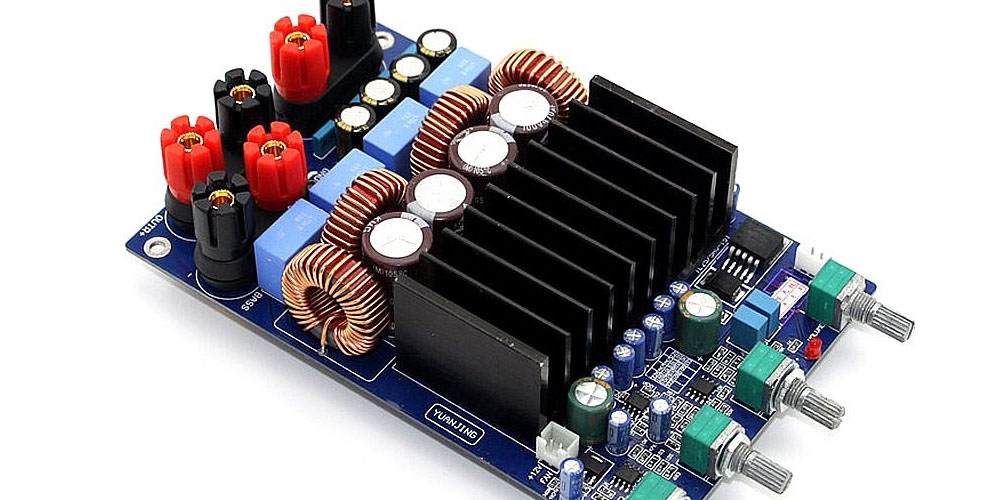An amplifier is an electronic device found in a stereo system used to increase the magnitude of the signal applied via input. There are four primary types of amplifiers in the market. They are class B, class AB, class T, and class-d amplifiers. Class-d amplifiers have recently become one of the most commonly applied types of amplifiers in the market. This post covers class-d amplifier basics and everything you need to know about their functionality.
The basics of class-d amplifiers
Below are some basic components you need to know to understand the concept of class-d amplifiers and how they work;
1. PWM (Pulse Width Modulation)
A PWM modulator is a type of digital signal. These digital signals are used in several applications, like sophisticated control circuits. PMW modulation helps with the conversion of incoming signals to a series of rectangular waveforms. These waveforms usually feature equal heights. However, their width usually varies in time. Note that the width usually represents the sound signal.
In PMW modulation, the waveform can be amplified in the simplest way. This is because the transistors are not modulated. Rather they are used as switches. The role of the switches is to turn the voltage in charge of the power supply on and off.
It is worth mentioning that Pulse Width Modulation is usually accompanied by comparing the input to a sawtooth oscillator. This is typically known as natural sampling, and a triangle-wave oscillator is applied as the sampling clock. The final result is a proportional input signal level.
2. The switching circuit
In class-d amplifiers, the output comparator is usually presented in digital form. Regardless, it does not have the power to drive the load, which is the speaker. This is where the switching circuit comes in. The role of the switching circuit is to provide adequate power gain for the amplifier to operate. The switching circuits used by class-d amplifiers are usually designed using MOSFETs. This design gives them the ability to produce non-overlapping signals via their non-overlapping gate signals. This helps minimize the chances of power shorting or power supply splitting.
3. Output low pass filters
The final stage of the performance of class-d amplifiers is the application of output low pass filters. The role of the output low pass filters is to attenuate and remove all the unnecessary harmonics of switching signal frequencies. An output low pass filter is usually made up of a typical low pass filter arrangement. It is also commonly made up of an inductor and a capacitor.
The most common type of output low pass filter used in class-d amplifiers is the Butterworth filter. This type of filter is applied because it requires the least amount of components. Therefore, it does not significantly impact the size and weight of the amplifier. This filter also has a flat response and a sharp cut-off frequency.
Conclusion
Class-d amplifiers are currently becoming quite popular in audio devices. The primary reason is that they offer high-efficiency levels. This element makes them an ideal choice for portable battery-driven products.


